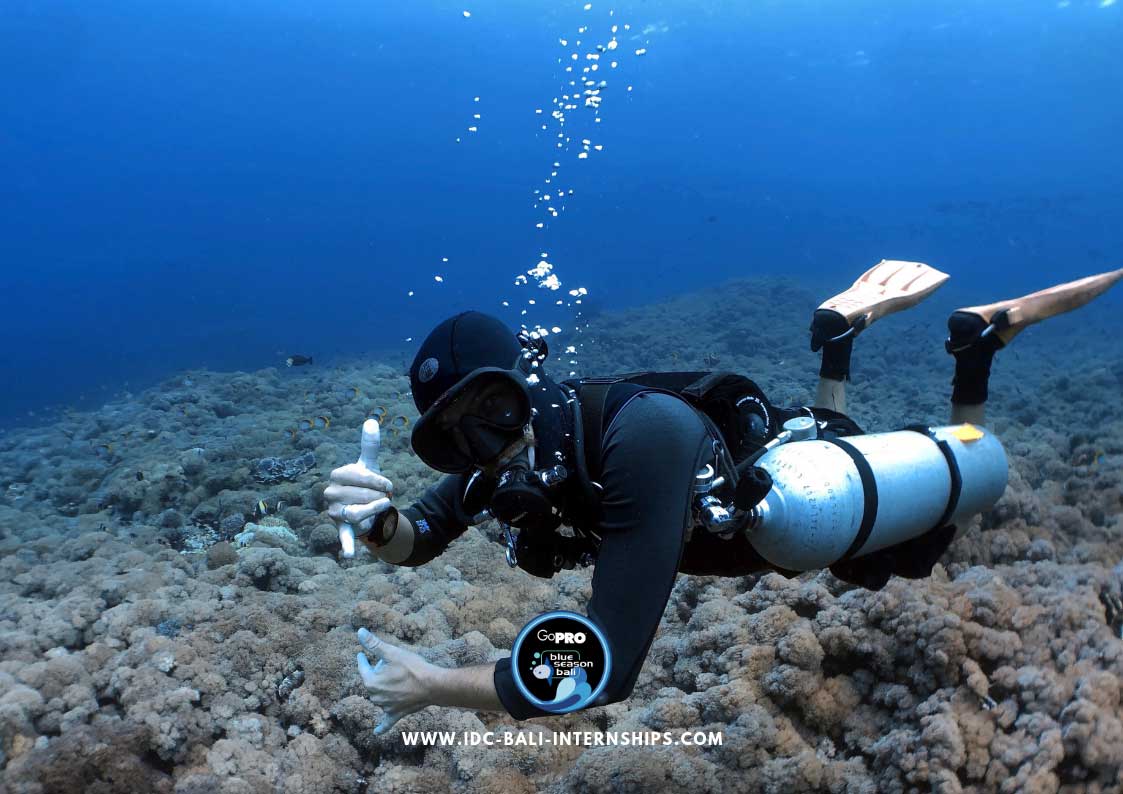If you are wondering when a public storm warning signal will be sent out, you are not alone. Several people across the globe are curious to know the latest information on Tropical Cyclone Odette. The cyclone has been formally designated as Severe Tropical Storm Rai, but it is also known locally as Odette. As it is intensifying, people across the Philippines and the United States are eagerly awaiting the latest updates.
Stage 1 of a public storm warning signal
The Public Storm Warning Signal is a weather alert that warns people about a storm that is expected to hit the area within 36 hours. These signals are based on various factors, including the size of the tropical cyclone, the direction of its movement, and its speed. The primary stage of the signal is usually activated at least a day and a half before the expected storm occurs, and the secondary stage is typically activated from 18 to 24 hours before the storm actually occurs.
A PSWS can be upgraded if the storm is expected to cause major damage. In some cases, a PSWS may be upgraded as the cyclone moves through a PAR. PSWS #1 signals warn of light to moderate damage to low-risk structures, but the storm could cause major destruction to coastal cities.
Impact
When a public storm warning signal (PSWS) is issued, you should take immediate action to prepare for the storm. The storm may cause severe damage, especially if it strikes within 36 hours. It also may include high winds of up to 120 kph and rainfall of three feet or more. It is also a good idea to cancel outdoor activities if possible.
During the first 36 hours following a public storm warning signal, people should prepare for its arrival by evacuating to safer areas. They should also plan to stay home and seek shelter if needed. In some cases, a house made of light materials may not have a roof.
Time
The Public Storm Warning System is a system that provides information to the public about impending weather disturbances. The first warning signal is issued 36 hours before a storm is expected to hit land or the open ocean. The PSWS number changes every 24 hours based on wind intensity. When the PSWS #1 goes off, the storm is still in its early stages, and the storm is expected to intensify.
The time of public storm warning signal #1 depends on several factors, including the strength and size of the tropical cyclone, the direction it’s moving in, and its speed. This warning provides plenty of time to prepare for a storm and is an important part of the Meteorology Department’s safety plan.
Signs sent out before a tropical cyclone hits
Before a tropical cyclone hits a city or region, the public storm warning signal is issued to warn people about dangerous storm conditions. The lead time for the Public Storm Warning Signal depends on a number of factors, including the size, direction, and strength of the tropical cyclone. Generally, the signal will go out about a day and a half before the actual meteorological conditions manifest.
Public storm warning signal #1 (PSWS-1) is issued when a tropical cyclone is expected to make landfall within 36 hours. It alerts residents to prepare for the storm by taking precautions such as evacuating low-lying areas and cancelling outdoor activities.
Impact on coastal areas
Public storm warning signal #1 is raised whenever a tropical cyclone is approaching a coastal region. The signal shows the speed and intensity of the wind and rain, and it is used primarily to warn people. In countries where tropical cyclones are common, Signal 1 is necessary to keep residents informed.
The PSWS is a key tool in storm response and has saved lives across the world. It is important to remember that public storm warning signals are first level alerts and can change as the cyclone approaches the country. Depending on the severity and wind speed of a particular storm, the number of PSWS can vary significantly.
Impact on high risk house structures
Public storm warning signals alert the public of an approaching weather disturbance. These signals are assigned according to speed, size, and direction of the storm. They are also upgraded or downgraded as the disturbance moves through the PAR. The storm warning signals are effective in informing the public of an imminent storm, but the impact on high-risk house structures may be light.
Compared to phenomenon-based warnings, impact-based warnings have a greater effect in influencing the public’s risk perceptions. This impact-based approach also has the potential to increase the number of actions that residents take to protect themselves.


